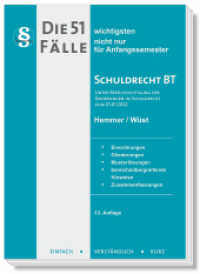Description
(Short description)
Detailed, ready-to-use protocols for air monitoring methods for 16 of the most important occupational toxicants. All methods are reliable, reproducible, in accordance with QA standards and cover all required steps from sampling to the interpretation of results.
(Text)
For 16 of the most important occupational toxicants, detailed, ready-to-use protocols for air monitoring methods are provided. All methods are reliable, reproducible, in accordance with quality assurance standards and cover all required steps from sampling to the interpretation of results. This includes data on precision, accuracy, and detection limit, calibration procedures as well as potential sources of systematic errors. Advantages and Disadvantages of each method are clearly outlined.The documented methods are authoritative, because they were compiled by the Commission for the Investigation of Health Hazards of Chemical Compounds in the Work Area. The Commission is internationally acknowledged for its neutrality and is working strictly according to transparent, scientific criteria.
(Table of content)
GENERAL ASPECTS
Passive Sampling
Quality control
Sampling and determining aerosols and their chemical components
Solvent Mixtures
SUBSTANCES
Aldehydes
Bitumen (vapour and aerosol)
Cadmium
Diesel engine emission
Ethylene glycol derivatives
Ethylene oxide
Formaldehyde
Metal-working fluids
N-Nitrosamines
PAH
Silica, crystalline (Quartz)
Styrene
Sulfuric acid
Tetrachloro ethylene (tetrachloroethene)
Trichloro ethylene
Volatile inorganic acids








